Introduction
Dividend investing offers a reliable path to passive income, allowing individuals to earn money without actively working for it. By strategically investing in dividend-paying stocks, you can create a steady income stream that supports financial independence. However, determining the right portfolio size is crucial—factors such as annual living expenses, dividend yield, and market conditions all influence how much capital you need. Understanding these key elements helps investors build a sustainable, long-term strategy that balances income stability with growth potential. Whether you're aiming for early retirement or supplemental income, careful planning ensures your dividend portfolio can cover your financial needs.
Understanding Dividend Stocks
Dividend-paying stocks are shares of companies that distribute a portion of their earnings to shareholders, providing a steady income stream. These dividends can be a powerful tool for financial stability, offering passive income that requires little ongoing effort. Investors who live off dividends benefit from predictable cash flow, portfolio growth, and long-term wealth accumulation. However, this strategy comes with risks—market fluctuations can impact stock prices and dividend payouts, and companies may reduce or eliminate dividends during economic downturns. Understanding these dynamics helps investors build a resilient portfolio that balances income generation with stability.
Factors Determining the Required Investment
1. Annual Living Expenses
Determining how much money you need to live off dividend stocks starts with understanding your annual living expenses. Calculating your cost of living involves evaluating essential expenses such as housing, food, transportation, healthcare, and leisure activities. Many investors use the 4% rule as a guideline, but relying solely on withdrawal strategies may not align with a dividend-focused approach. To ensure long-term financial stability, it's crucial to consider inflation, unexpected costs, and lifestyle adjustments that may change over time. By accurately estimating annual expenses, investors can set realistic financial goals and build a dividend portfolio capable of sustaining their needs.
Inflation gradually erodes purchasing power, making it essential to account for rising costs when planning for financial independence. While historical inflation rates average around 2-3% per year, unexpected economic shifts can lead to higher-than-anticipated increases. Additionally, unforeseen expenses—such as medical emergencies, home repairs, or lifestyle changes—can strain a fixed income. Investors should build a buffer within their dividend strategy, ensuring a portion of their portfolio is reinvested to grow their income over time. Choosing dividend stocks with a history of consistent dividend growth can help mitigate inflation’s impact and provide financial resilience.
2. Dividend Yield
Dividend yield is a key factor in determining the size of a portfolio needed to generate sufficient passive income. Calculated as dividends per share divided by stock price, dividend yield measures how much income a stock generates relative to its value. A higher yield may seem attractive, but it often comes with increased risk, as companies offering excessive dividends might struggle to sustain payouts. Conversely, lower-yield stocks from stable companies may provide more consistent growth over time. Striking the right balance between yield and sustainability is crucial for maintaining a reliable income stream.
Building a dividend portfolio requires selecting companies with strong financials, a proven track record of dividend payments, and a commitment to returning value to shareholders. Blue-chip stocks, Dividend Aristocrats, and companies with a solid dividend growth history can offer stability while mitigating risks associated with market downturns. Investors should analyze payout ratios, revenue trends, and industry conditions to ensure dividends remain sustainable. Diversification across sectors and industries further protects income stability, reducing the risk of relying too heavily on a single stock or industry performance.
3. Portfolio Size Calculation
To determine the amount needed to live off dividends, investors rely on the Dividend Income Formula: Required Portfolio = Annual Expenses / Dividend Yield. This formula helps estimate the total investment necessary to generate a sustainable passive income. For example, if an investor has annual expenses of $40,000 and targets a portfolio with an average dividend yield of 4%, they would need: $40,000 / 0.04 = $1,000,000.
Different yields impact required portfolio size—higher yields mean less upfront investment but often carry higher risk. A lower yield from high-quality, reliable companies may require a larger portfolio but offers greater long-term stability. Diversification across industries and sectors ensures consistent income, reducing reliance on any single stock or economic trend.
Strategies to Build a Dividend Portfolio
Reinvesting Dividends for Growth One of the most effective ways to build a dividend portfolio is by reinvesting earnings. Using a Dividend Reinvestment Plan (DRIP) allows investors to automatically purchase more shares, compounding income over time. This strategy accelerates portfolio growth, increasing future dividend payouts.
Finding High-Quality Dividend Stocks Selecting the right stocks is key to building a sustainable portfolio. Investors should look for companies with consistent dividend growth, strong financials, and manageable payout ratios. Dividend Aristocrats—companies with at least 25 years of consecutive dividend increases—are excellent choices for reliable income.
Utilizing Tax-Efficient Investment Accounts Managing taxes effectively ensures you retain more income from dividends. Investing through tax-advantaged accounts such as IRAs or 401(k)s can minimize tax burdens. Understanding qualified dividend tax rates, capital gains implications, and strategies for tax-loss harvesting further optimizes long-term wealth preservation.
Challenges and Considerations
Market Volatility and Dividend Sustainability Dividend investing provides passive income, but market fluctuations can impact stock performance and dividend payouts. Economic downturns or company-specific financial struggles may force businesses to cut or suspend dividends, reducing an investor’s income stream. To mitigate these risks, diversifying across sectors and selecting financially stable companies with a history of consistent dividend payments helps ensure sustainable cash flow.
Tax Implications and Optimizing Income Dividends are subject to taxation, and understanding how to manage tax liabilities can significantly impact overall returns. Qualified dividends benefit from lower tax rates, while ordinary dividends may be taxed at higher income levels. Investors can maximize efficiency by using tax-advantaged accounts such as IRAs, 401(k)s, and Health Savings Accounts (HSAs) to reduce taxable income. Additionally, strategic tax-loss harvesting can help offset gains, improving long-term financial outcomes.
Adjusting Strategy Based on Changing Financial Needs Life circumstances evolve, and a dividend strategy should adapt accordingly. As expenses increase, investors may need to reallocate assets, shift towards higher-yield stocks, or focus on reinvestment to increase future payouts. Additionally, monitoring dividend growth and company performance ensures income keeps pace with inflation and lifestyle changes. A flexible investment approach helps maintain financial independence despite economic shifts.
Conclusion
Dividend investing offers a powerful path to financial independence, but success depends on careful planning and ongoing portfolio management. By accurately estimating expenses, selecting quality dividend stocks, diversifying investments, and optimizing tax strategies, investors can build a sustainable passive income stream. While challenges like market volatility and economic fluctuations exist, a well-structured portfolio ensures long-term financial security. With thoughtful decision-making and a commitment to strategic investing, dividend stocks can provide lasting stability and wealth generation.
🚀 Your Ultimate Guide to Dividend Investing! 💰
Want to build reliable passive income? Looking to live off dividends? Start here with the top dividend insights:
🏆 Top Dividend Stock Picks
💰 Passive Income & Dividend Investing Strategies
🔍 How Much to Invest for BIG Dividend Income
⚡ Dividend Taxes & Smart Selling Strategies
🔗 Bookmark this guide & start building your dividend wealth today! 🚀💸


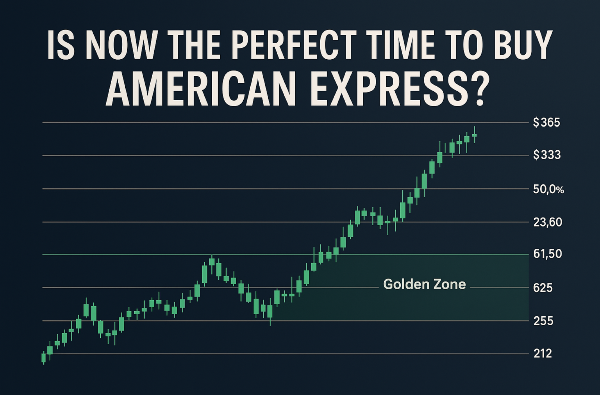

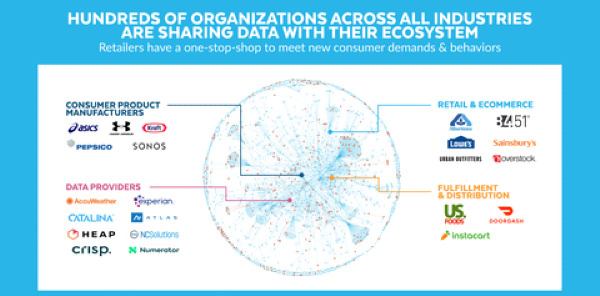
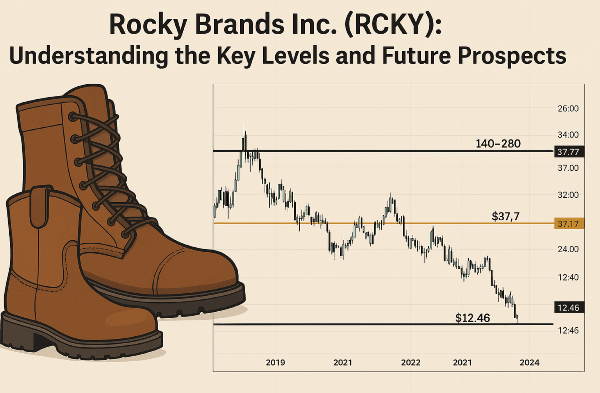


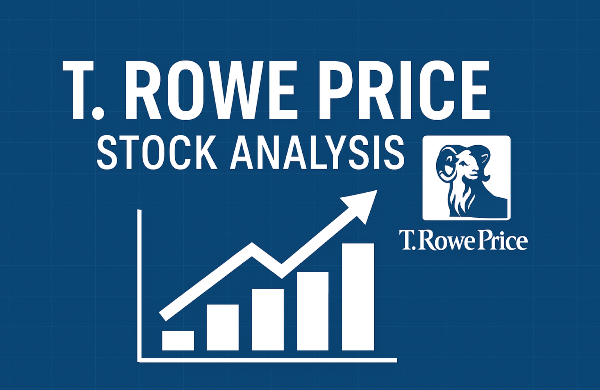
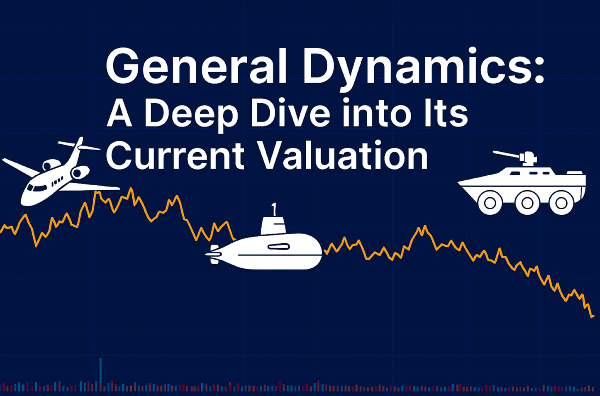

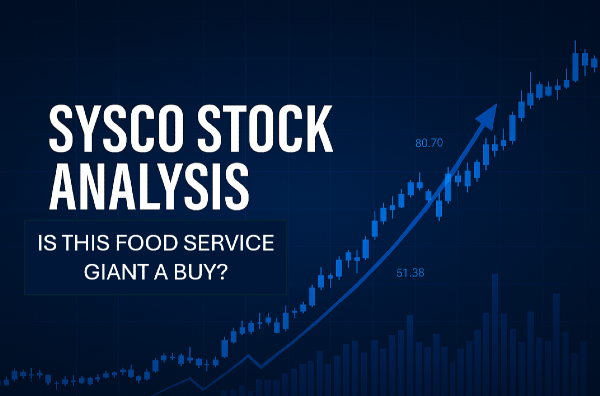
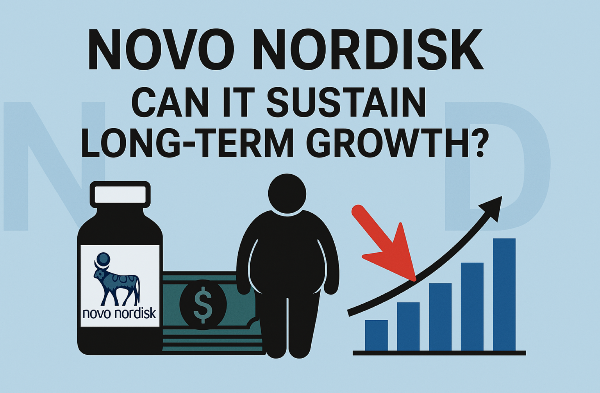



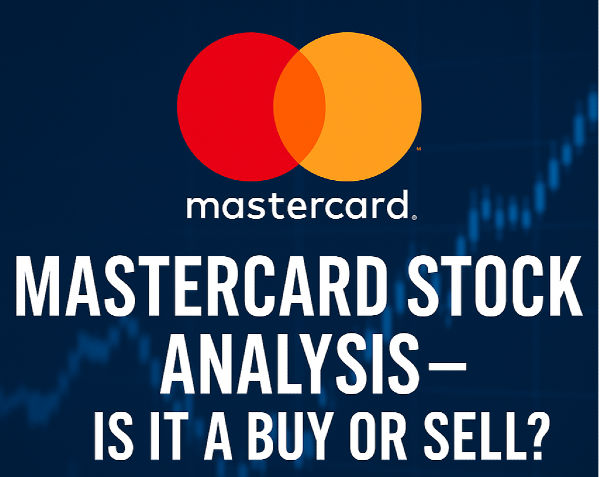

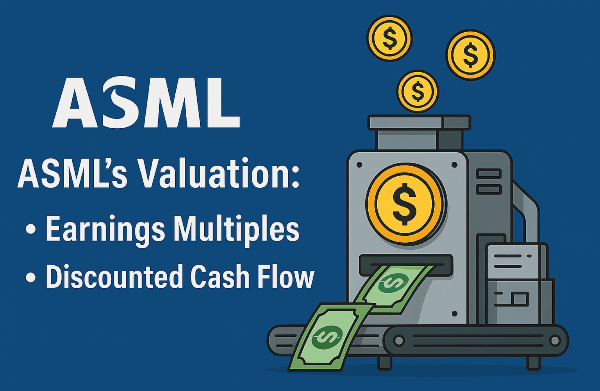


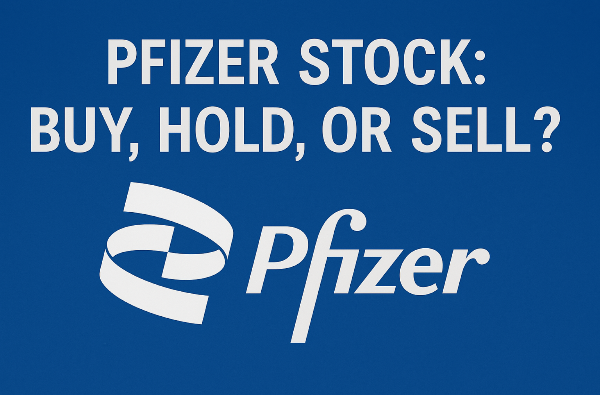








Introduction
Dividend investing offers a reliable path to passive income, allowing individuals to earn money without actively working for it. By strategically investing in dividend-paying stocks, you can create a steady income stream that supports financial independence. However, determining the right portfolio size is crucial—factors such as annual living expenses, dividend yield, and market conditions all influence how much capital you need. Understanding these key elements helps investors build a sustainable, long-term strategy that balances income stability with growth potential. Whether you're aiming for early retirement or supplemental income, careful planning ensures your dividend portfolio can cover your financial needs.
Understanding Dividend Stocks
Dividend-paying stocks are shares of companies that distribute a portion of their earnings to shareholders, providing a steady income stream. These dividends can be a powerful tool for financial stability, offering passive income that requires little ongoing effort. Investors who live off dividends benefit from predictable cash flow, portfolio growth, and long-term wealth accumulation. However, this strategy comes with risks—market fluctuations can impact stock prices and dividend payouts, and companies may reduce or eliminate dividends during economic downturns. Understanding these dynamics helps investors build a resilient portfolio that balances income generation with stability.
Factors Determining the Required Investment
1. Annual Living Expenses
Determining how much money you need to live off dividend stocks starts with understanding your annual living expenses. Calculating your cost of living involves evaluating essential expenses such as housing, food, transportation, healthcare, and leisure activities. Many investors use the 4% rule as a guideline, but relying solely on withdrawal strategies may not align with a dividend-focused approach. To ensure long-term financial stability, it's crucial to consider inflation, unexpected costs, and lifestyle adjustments that may change over time. By accurately estimating annual expenses, investors can set realistic financial goals and build a dividend portfolio capable of sustaining their needs.
Inflation gradually erodes purchasing power, making it essential to account for rising costs when planning for financial independence. While historical inflation rates average around 2-3% per year, unexpected economic shifts can lead to higher-than-anticipated increases. Additionally, unforeseen expenses—such as medical emergencies, home repairs, or lifestyle changes—can strain a fixed income. Investors should build a buffer within their dividend strategy, ensuring a portion of their portfolio is reinvested to grow their income over time. Choosing dividend stocks with a history of consistent dividend growth can help mitigate inflation’s impact and provide financial resilience.
2. Dividend Yield
Dividend yield is a key factor in determining the size of a portfolio needed to generate sufficient passive income. Calculated as dividends per share divided by stock price, dividend yield measures how much income a stock generates relative to its value. A higher yield may seem attractive, but it often comes with increased risk, as companies offering excessive dividends might struggle to sustain payouts. Conversely, lower-yield stocks from stable companies may provide more consistent growth over time. Striking the right balance between yield and sustainability is crucial for maintaining a reliable income stream.
Building a dividend portfolio requires selecting companies with strong financials, a proven track record of dividend payments, and a commitment to returning value to shareholders. Blue-chip stocks, Dividend Aristocrats, and companies with a solid dividend growth history can offer stability while mitigating risks associated with market downturns. Investors should analyze payout ratios, revenue trends, and industry conditions to ensure dividends remain sustainable. Diversification across sectors and industries further protects income stability, reducing the risk of relying too heavily on a single stock or industry performance.
3. Portfolio Size Calculation
To determine the amount needed to live off dividends, investors rely on the Dividend Income Formula: Required Portfolio = Annual Expenses / Dividend Yield. This formula helps estimate the total investment necessary to generate a sustainable passive income. For example, if an investor has annual expenses of $40,000 and targets a portfolio with an average dividend yield of 4%, they would need: $40,000 / 0.04 = $1,000,000.
Different yields impact required portfolio size—higher yields mean less upfront investment but often carry higher risk. A lower yield from high-quality, reliable companies may require a larger portfolio but offers greater long-term stability. Diversification across industries and sectors ensures consistent income, reducing reliance on any single stock or economic trend.
Strategies to Build a Dividend Portfolio
Reinvesting Dividends for Growth One of the most effective ways to build a dividend portfolio is by reinvesting earnings. Using a Dividend Reinvestment Plan (DRIP) allows investors to automatically purchase more shares, compounding income over time. This strategy accelerates portfolio growth, increasing future dividend payouts.
Finding High-Quality Dividend Stocks Selecting the right stocks is key to building a sustainable portfolio. Investors should look for companies with consistent dividend growth, strong financials, and manageable payout ratios. Dividend Aristocrats—companies with at least 25 years of consecutive dividend increases—are excellent choices for reliable income.
Utilizing Tax-Efficient Investment Accounts Managing taxes effectively ensures you retain more income from dividends. Investing through tax-advantaged accounts such as IRAs or 401(k)s can minimize tax burdens. Understanding qualified dividend tax rates, capital gains implications, and strategies for tax-loss harvesting further optimizes long-term wealth preservation.
Challenges and Considerations
Market Volatility and Dividend Sustainability Dividend investing provides passive income, but market fluctuations can impact stock performance and dividend payouts. Economic downturns or company-specific financial struggles may force businesses to cut or suspend dividends, reducing an investor’s income stream. To mitigate these risks, diversifying across sectors and selecting financially stable companies with a history of consistent dividend payments helps ensure sustainable cash flow.
Tax Implications and Optimizing Income Dividends are subject to taxation, and understanding how to manage tax liabilities can significantly impact overall returns. Qualified dividends benefit from lower tax rates, while ordinary dividends may be taxed at higher income levels. Investors can maximize efficiency by using tax-advantaged accounts such as IRAs, 401(k)s, and Health Savings Accounts (HSAs) to reduce taxable income. Additionally, strategic tax-loss harvesting can help offset gains, improving long-term financial outcomes.
Adjusting Strategy Based on Changing Financial Needs Life circumstances evolve, and a dividend strategy should adapt accordingly. As expenses increase, investors may need to reallocate assets, shift towards higher-yield stocks, or focus on reinvestment to increase future payouts. Additionally, monitoring dividend growth and company performance ensures income keeps pace with inflation and lifestyle changes. A flexible investment approach helps maintain financial independence despite economic shifts.
Conclusion
Dividend investing offers a powerful path to financial independence, but success depends on careful planning and ongoing portfolio management. By accurately estimating expenses, selecting quality dividend stocks, diversifying investments, and optimizing tax strategies, investors can build a sustainable passive income stream. While challenges like market volatility and economic fluctuations exist, a well-structured portfolio ensures long-term financial security. With thoughtful decision-making and a commitment to strategic investing, dividend stocks can provide lasting stability and wealth generation.
🚀 Your Ultimate Guide to Dividend Investing! 💰
Want to build reliable passive income? Looking to live off dividends? Start here with the top dividend insights:
🏆 Top Dividend Stock Picks
💰 Passive Income & Dividend Investing Strategies
🔍 How Much to Invest for BIG Dividend Income
⚡ Dividend Taxes & Smart Selling Strategies
🔗 Bookmark this guide & start building your dividend wealth today! 🚀💸